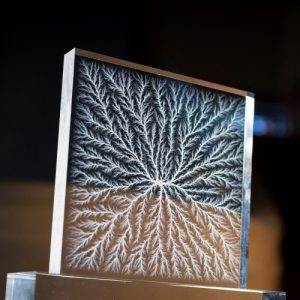Today, we are pleased and proud to feature Ashur’s stellar blog post in honor of Shark Week! We hope you enjoy!
In honor of the Discovery’s Shark Week and National Geographic’s SharkFest, this series of blog posts is dedicated to the flat sharks of oceans: skates, rays, guitarfish, chimaera. It’s not that we don’t love sharks, it’s just that their flatter siblings deserve more attention than they usually get.
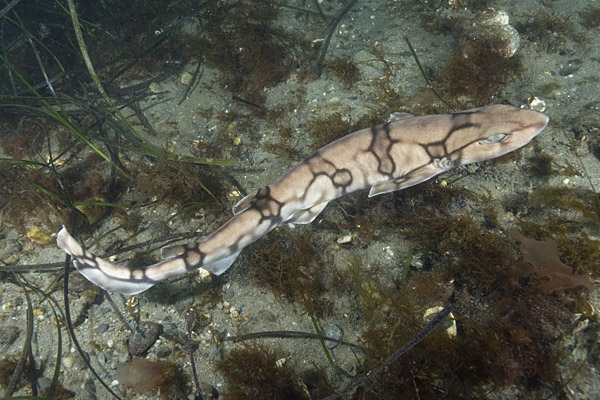
Regardless of how you feel about Shark Week, it’s become somewhat of an annual popular cultural institution in the United States since its advent in the late 1980s.
Well, what about them? First off, let’s start with what is and isn’t a shark. The Shark Trust gives us an excellent visual taxonomy of sharks and their relatives – please note that is does not include dolphins, which are often assumed to be related to sharks. I may post about dolphins in the future, but suffice to say that they’re marine mammals, not even fish, which sharks are most certainly fish.

In particular, scroll down along the chart (Kingdom -> Phylum -> Class) until you get to ORDER, which is who we’ll be talking about today.
In particular, this multi-part entry will cover members of Rajiformes (rays & skates) and Pristiophoriformes (sawfish), close kin of sharks. Throughout this entry I’ll be using the term “batoid”, taken from the superorder term Batoidea which encompasses rays, skates, mantas, torpedo fish and sawfish, among others.
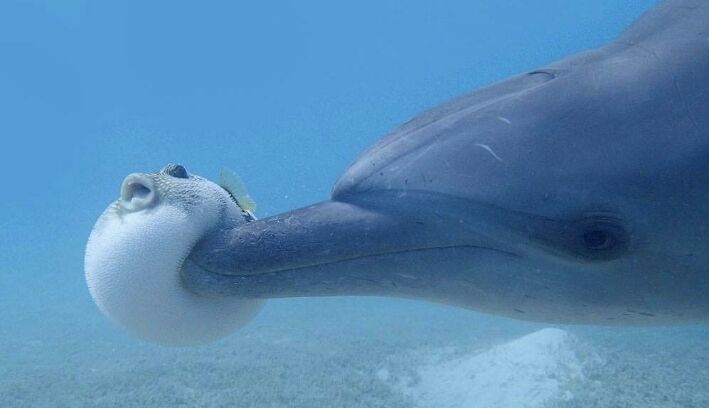
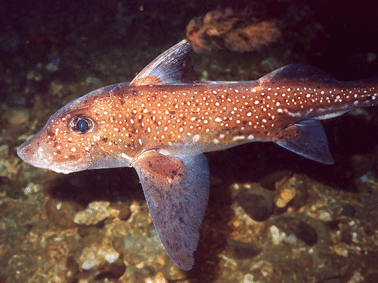

-Additionally, there are differences in dentition: rays do the “crushing” plate form of dentition, skates have horrid little teeth.
As is so often the case, the ReefQuest Centre for Shark Research has written up a nicer, cleaner and infinitely more professional explanation than I just provided. I will also take this opportunity just to promote their site in general, given I end up on quite regularly: elasmo-research.org, my poppets!
3) Just skates and rays? So what’s a sawfish?
…okay, I wasn’t being completely honest with you. In addition to skates and rays, by far the most numerous members of the group, there are sawfish and guitarfish. There are further subdivisions of guitarfish into “guitarfish” and “wedgefish” but a) these terms don’t seem to be used consistently and b) I don’t care to delve into it, given colloquial fish names are tricky business on a good day. Suffice to say that both guitarfish and wedgefish are funky batoids that look like permutations on the theme of “shark-ray”.
Sawfish are probably the most well-known due to their fabulous rostrums, aka “saws”:
- The spikes on the rostrum are not teeth but denticles. Denticles are a type of modified tooth, which while close to teeth, are not teeth. Bear in mind that the famous skin of sharks and sawfish are also covered in dermal denticles. If a sawfish loses a denticle, it does not grow back. However, that doesn’t make them not-pokey.
- The rostrum houses electroreceptors which allow the sawfish to detect the movement and even heartbeats of buried prey.
- In turn, rostrums (rostra?) are good tools for digging up said buried prey. Think of them as nature’s electroreceptive denticle-lined shovels. In a pinch, the sawfish can use them for slashing, too!
- Like many large elasmobranchs, sawfish are endangered.
Unfortunately, like so many creatures with interesting organs, humans have been hacking them off and selling them as elixirs, charms, markers of prestige, curios, medicine, etc. forever. In my quest for information on sawfish, I found an image of a sawfish that had had its rostrum cut off, been released and the wound had healed, effectively leaving the sawfish to live without one of its sensory organs. I’m pretty sure you can fill in the blanks on the implications of that. Additionally, their large oil-filled livers, bile, fins and skin are of commercial interest.
It goes without saying that this is cruel and somewhat akin to shark finning, another practice that fills me with joy and mirth.

Cakes aside, I’m not sure how much I can say about shark rays given there doesn’t seem to be a whole lot of information out there about them. I have learned that like everything else in the universe they get stuck in nets and make fisherfolk mad, they’re pretty much impossible to mistake for any other creature and the “bowmouthed” part of their name is derived from the silhouette of their head resembling a longbow.
As for “shark ray”, well, they kind of look like someone smashed and shark and ray together and they’re the result. No idea about “mud skate” though; it’s oddly non-descriptive, given their unique appearance.
How about non-bowmouth guitarfish?
Guitarfish that lack the “bowmouth” adjective look similar to their bowmouthed relatives, but with pointier heads and a greater diversity of body shapes:
There’s even an online story for children about a guitarfish named Gilbert, although it’s a slightly less biologically accurate representation (in all fairness, the author acknowledges this). You should probably read it, you’ll thank me later.
However, the real awesomeness of guitarfish is what they look like underneath:
WHAT’S A SPIRACLE? I’m so glad you asked that question! Aside from the simple answer (“Ray head holes!”), lets have an illustration from our friend the Blue-Spotted Ray:
As is so often the case though, we have an exception to the rule of ray teeth: the Shamu of the batoid world, the manta ray. Yes, I know I’ve managed to go this entire entry without even mentioning their awesome remora-crusted forms, except when they’re beating their tortillaform offspring to death in captivity in displays of paternal care. Mantas are filter feeders, preferring zooplankton to whelks, but they actually possess vestigial peg-shaped teeth on their lower jaw. Poky vestigial teeth that look like this:

Here’s a video from Sharklab-Malta chronicling the rescue, rehabilitation and release of an angular rough shark that was found left in a bucket. For a more in-depth description of the rescue, Oceanographic Magazine has a write-up.
Many animals elicit the same mythical terror and awe as sharks, and yet we know little about these elusive, highly engineered creatures. John A. Musick and Beverly McMillan bring us along on a thrilling adventure as they chase sharks from Bear Gulch, Montana, to a whale shark-feeding station in Okinawa, by way of Alaska, the Bimini islands, and the most sophisticated shark-research labs in the world. En route we discover that sharks navigate using electromagnetic signals, have a bloodhound’s sense of smell, are both cold- and warm-blooded, and possess biochemical weapons, which, used properly, might indeed help fend off malignant tumors and microbes.
Musick, who has spent over thirty years as a defender of the much-maligned shark, here excavates the mysterious lives of sharks from the dark recesses of the oceans–and raising the alarm about how fishing and industry are reducing their numbers and affecting their behavior. This captivating and educational scientific exploration challenges us to rethink our relationship with sharks, leaving us with the question: Are humans the prey, or the predator?
Sharks of New England, by Alessandro de Maddalena.
Lots of elasmobranch books are regional – as such, I thought it appropriate to include information on our local shark population. Readers who think sharks are a predominantly tropical species will be in for quite a surprise when they learn that the cold waters of New England are home to 33 different species. The aim of this book is to provide both accurate scientific information on sharks and to profile those species that inhabit the waters of New England.
Unlikely Friendships: 47 Remarkable Stories from the Animal Kingdom, by Jennifer S. Holland
This book merits a mention because of a story included about the relationship between a diver and a manta ray, but feel free to enjoy all the rest as well! Unlikely Friendships documents one heartwarming tale after another of animals who, with nothing else in common, bond in the most unexpected ways. A cat and a bird. A mare and a fawn. An elephant and a sheep. A snake and a hamster. The well-documented stories of Koko the gorilla and All Ball the kitten; and the hippo Owen and the tortoise Mzee. And almost inexplicable stories of predators befriending prey—an Indian leopard slips into a village every night to sleep with a calf.
Ms. Holland narrates the details and arc of each story, and also offers insights into why—how the young leopard, probably motherless, sought maternal comfort with the calf, and how a baby oryx inspired the same mothering instinct in the lionness.
The Encyclopedia of Sharks, by Steve and Jane Parker.
The Encyclopedia of Sharks is a richly illustrated and fact-filled reference on all the world’s species of sharks. The author debunks the fearful myths and fierce legends, providing straightforward facts and the latest research on sharks. More than 200 striking photographs show sharks in their natural habitats. Detailed drawings illustrate the anatomical features unique to sharks, such as their fearsome but short-lived teeth.
The book includes authoritative and updated information on:
- Evolution and design of the shark
- Classifications and orders
- Understanding the shark
- The life of the shark — how it feeds, breeds and migrates
- Shark “supersense” — how it survives in the aquatic environment
- The need for protection and conservation — how sharks are now endangered by over fishing and “finning.”
Also included is a 50-page comprehensive, all-color section featuring and explaining the world’s most important breeds.
Through its lively text, spectacular photography, and charts, maps and illustrations, The Encyclopedia of Sharks will encourage an understanding of these complex creatures.
See you next entry, dear readers!















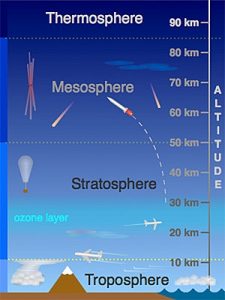
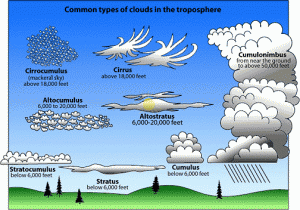
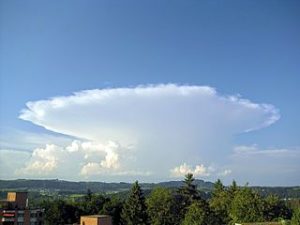
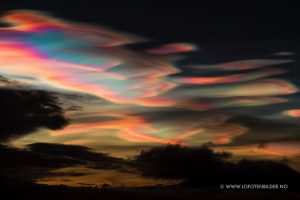
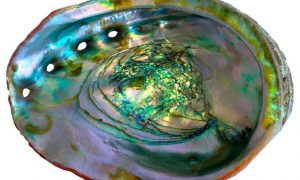
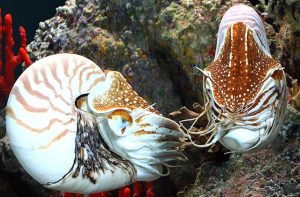
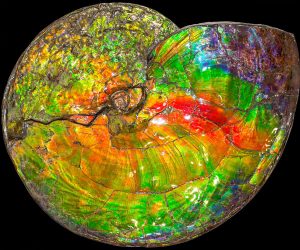

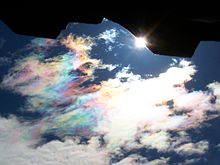
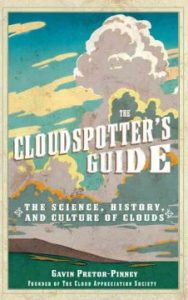
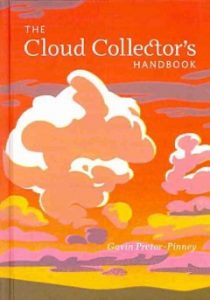

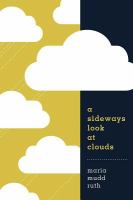
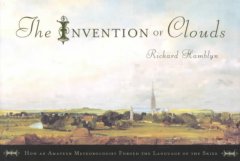 The Invention of Clouds: How an Amateur Meteorologist Forged the Language of the Skies, by Richard Hamblyn:
The Invention of Clouds: How an Amateur Meteorologist Forged the Language of the Skies, by Richard Hamblyn: 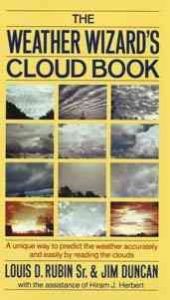 The Weather Wizard’s Cloud Book: A Unique Way to Predict the Weather Accurately and Easily by Reading the Clouds, by Louis D. Rubin Sr. and Jim Duncan
The Weather Wizard’s Cloud Book: A Unique Way to Predict the Weather Accurately and Easily by Reading the Clouds, by Louis D. Rubin Sr. and Jim Duncan

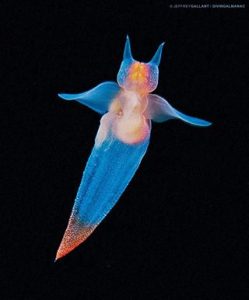
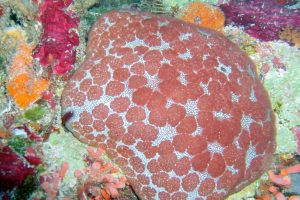
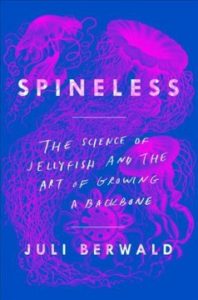
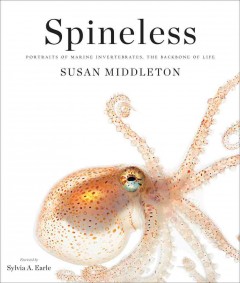
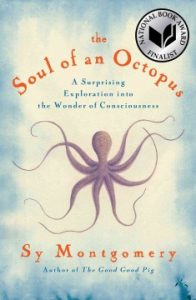

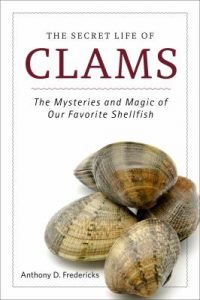


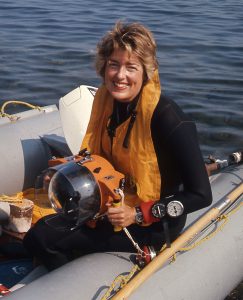



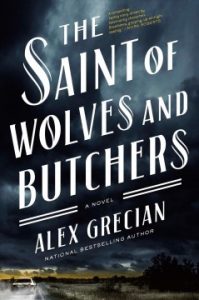
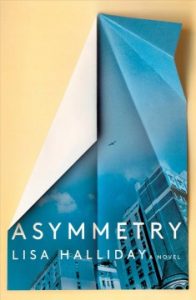
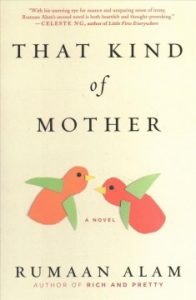

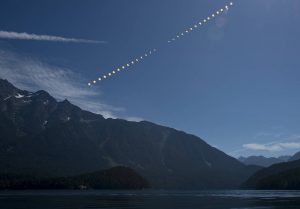




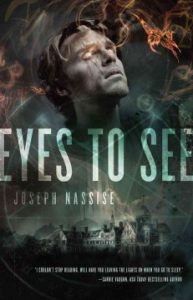
 Let me start by telling you a little bit about the
Let me start by telling you a little bit about the
 I personally adore the Wellcome because of it’s 1) incredible library, which has allowed me to write my dissertation, it’s 2) stupendous archive, which is also helping me with The Dissertation, and 3) Their ridiculously welcoming, air-conditioned building (I don’t know if Sir Wellcome thought of central air, but if he did, I tip my proverbial hat to him). There is a section of their library with chaise lounges and beanbags, for pity’s sake. And the security guards encourage you to wander around and learn all you can–and don’t mind that you have a cold and look like you got hit by a truck. That, my friends, is an institution dedicated to learning.
I personally adore the Wellcome because of it’s 1) incredible library, which has allowed me to write my dissertation, it’s 2) stupendous archive, which is also helping me with The Dissertation, and 3) Their ridiculously welcoming, air-conditioned building (I don’t know if Sir Wellcome thought of central air, but if he did, I tip my proverbial hat to him). There is a section of their library with chaise lounges and beanbags, for pity’s sake. And the security guards encourage you to wander around and learn all you can–and don’t mind that you have a cold and look like you got hit by a truck. That, my friends, is an institution dedicated to learning.